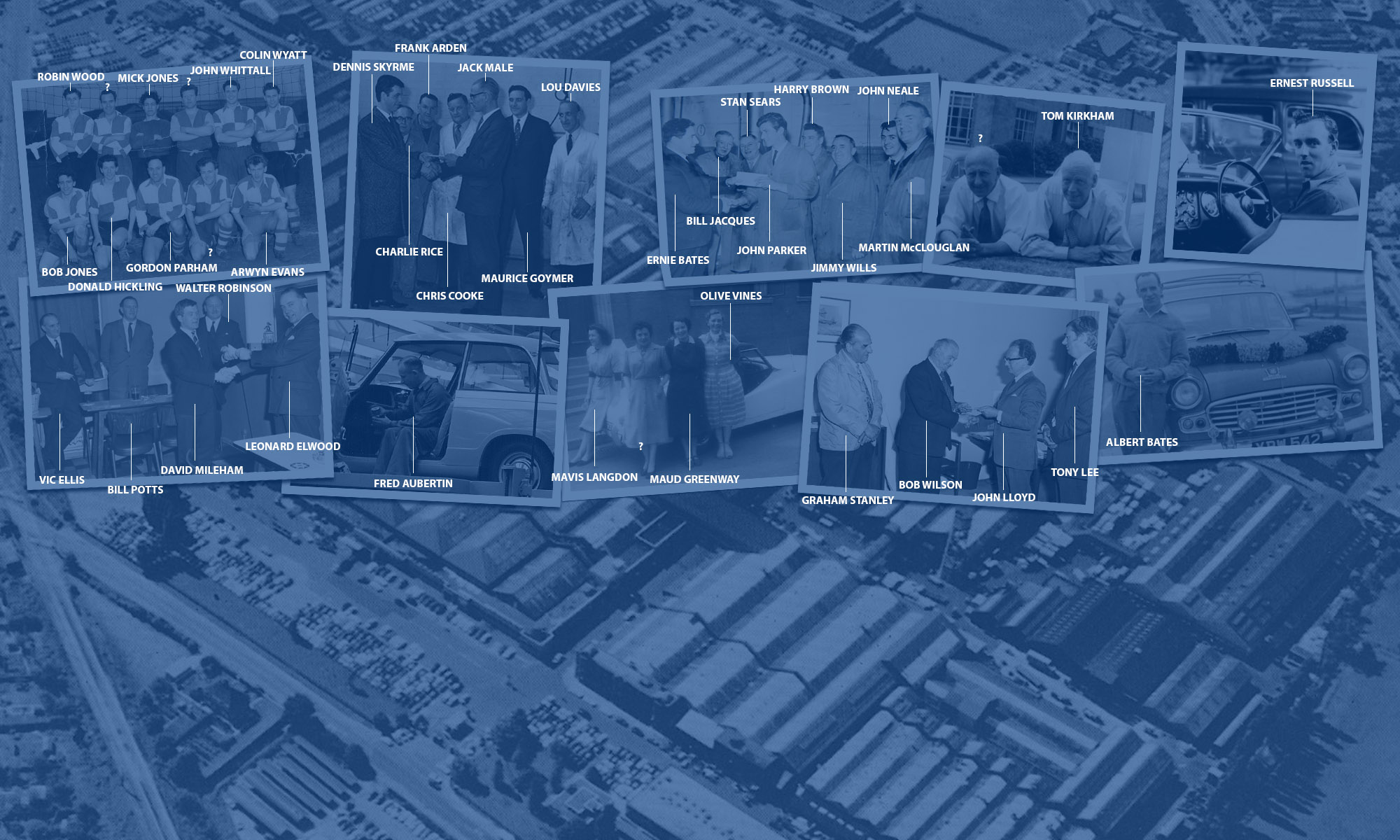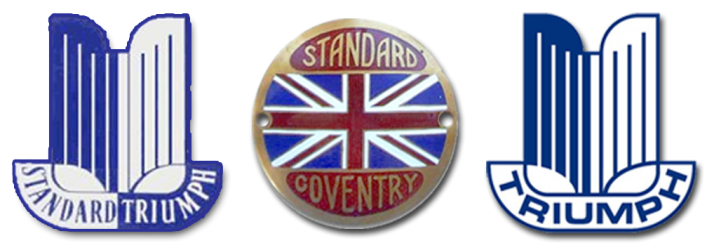He illustrated his talk with examples of problems encountered in the body construction of the Triumph Herald, 400 of which came off the assembly in two eight-hour shifts each day.
Articulated lorries with 10-ton trailers were chosen to transfer body parts to the main assembly plant. The reason for this was that stock could be held on trailers which prevented double handling, gave greater mobility, and reduced waiting time. British Road Services were chosen to operate these vehicles because of their efficient and widespread management, and their ability to supply the necessary capacity.
Mr. Shaw went on to describe the difficulties involved in transporting body panels, which are very vulnerable to damage. The answer was to be found in carrying on pallets. The basic size was worked out so that the maximum number of pallets could be loaded on to a trailer. Only one shift of stock was held over, and then on a trailer, this preventing any need for a covered stock in the factory. Each part was arranged on the pallet in the correct position for assembly, so eliminating another stage of handling. Fork-lift trucks or overhead conveyors then lifted the components out as they were needed. The automatic body store gave a four-hour stock cover for 272 bodies. Body store and selection was controlled from a basement nerve centre aided by a closed television circuit.
19th May, 1961

